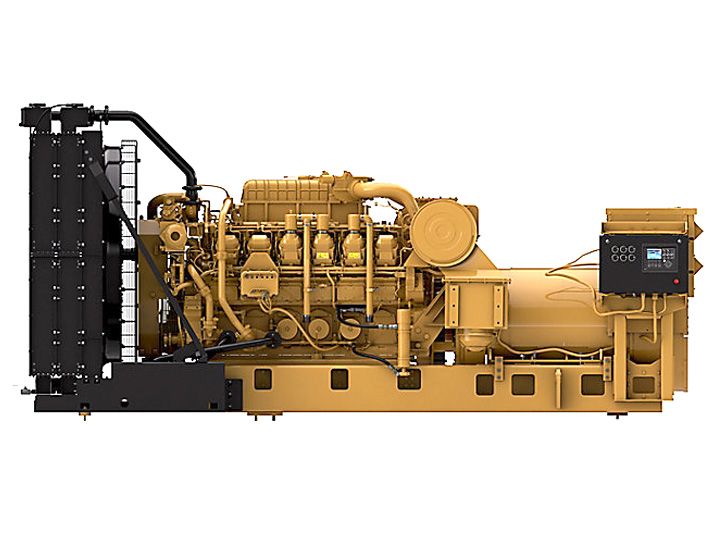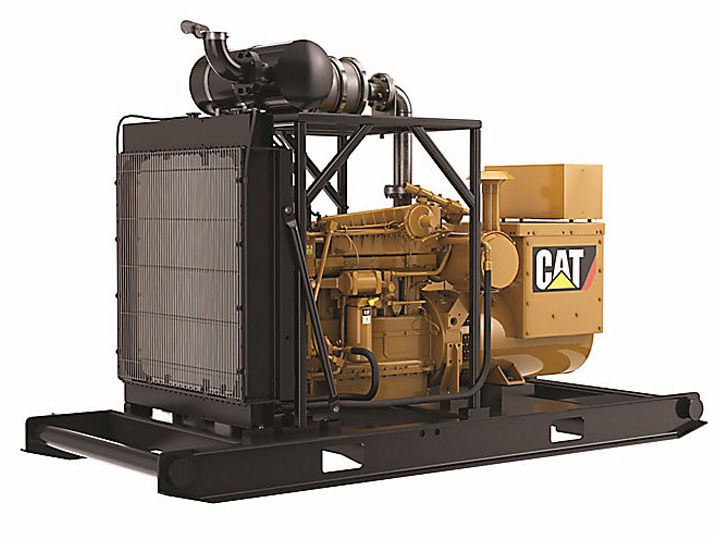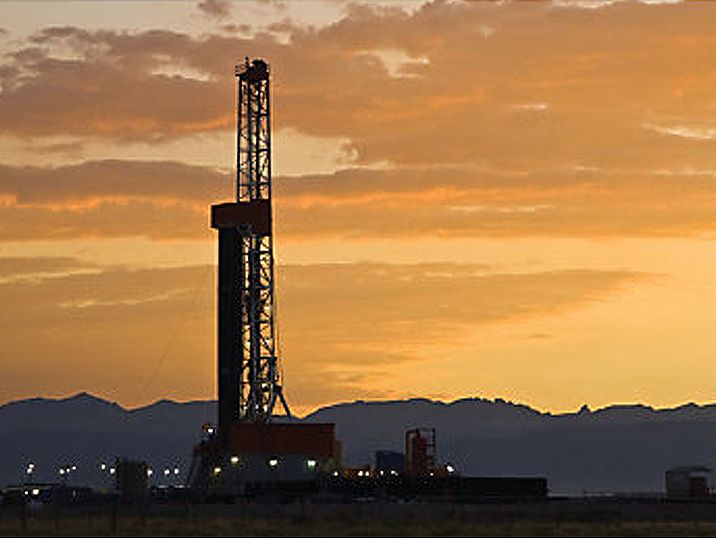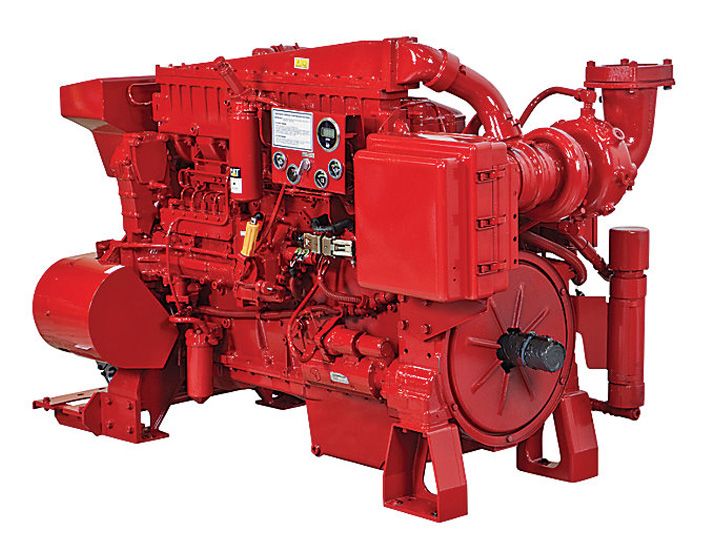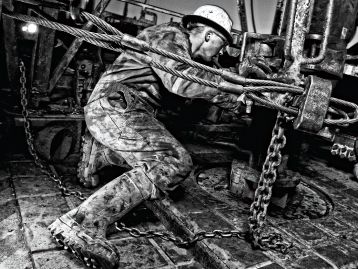Shimmer and Shine
You wouldn’t think that West Texas and North Dakota would have much in common but both regions are home to some of the largest shale formations in the world. Stretching from North Dakota, to Montana, to Southern Canada, the Bakken Shale Formation produces over 1.25 million bpd of oil and is estimated to have over 2 billion barrels of reserves. In West Texas and Eastern New Mexico, the Permian Basin produces close to 3 times as much as the Bakken and is estimated to have 10 times more reserves. That being said, this is not a battle of where is producing the most but which company is competently managing its assets and achieving the best return on investment. In that context, the Permian and the Bakken are dominating the market by offering the industry their own unique take on what makes a good shale play. The good news is that there is plenty of room for both opportunities as companies decide how to develop their exposure to shale.
Texas Two Step
Lately everyone can’t stop talking about the Permian, and for good reason. Texas is the undisputed center of oil in the United States and holds a deadly duo with the Eagle Ford and Permian. Yet there are disadvantages to growing quickly that the Permian knows all too well. The Permian single handedly supplies about 30% of United States oil production. The basin has acted as the driver behind a country that has doubled its production in the last ten years mostly in part to horizontal drilling and fracking. Yet this growth also poses a problem. Since fracking techniques have gotten so good there is arguably too much oil in the Permian and that has led to temporary stalls in production. The Permian is barreling towards its takeaway capacity and pipeline companies who have pledged to build new Permian infrastructure won’t be able to get those additional pipelines up and running till the second half of 2019. This begs the question, is growth in the Permian slowing down? The basin is a mixture of record smashing, companies buying up drilling rights, charming disorder, and skyrocketing land values. As the prized jewel in any shale king’s crown, the Permian’s land area has mostly been bought up by the oil majors. If the land isn’t already being drilled, it is only a matter of time. While the Permian deserves the attention it is getting, it still has a lot to prove. It’s track record so far is impeccable, but its reign is young and will be challenged.
The Jewel of the North
Even if the Bakken can’t compete on production or estimated reserves, it can compete on the basis as an attractive return on investment. In the last 10 years the Bakken has grown over 1000% in annual production next to the Permian’s 300-400%. The Bakken is over 200,000 square miles large while the Permian is actually smaller but still touts a respective 75,000 square miles in size. The Bakken has also sustained very low production numbers for a long time. As such, the area around the Williston Basin where the Bakken’s boundaries are painted is thriving with efficiency. Pipelines are well equipped to transport product away from the basin and across the country. Roads are drawn, rigs know exactly what they need, costs are clear, and premium white frac sand is just 500 miles away in Whitehall, Wisconsin.
Oil was first discovered in the Bakken in 1951 but the technology wasn’t advanced enough to fully access the region’s dense shale formations. Then in early 2000s the industry figured out how to frac wells efficiently and then production accelerated from there due to horizontal drilling. It had been the mission of the industry to figure out cost-effective fracking, and after years of research they finally got it down. Then, oil peaked in 2014 and started to decline between 2016-2017. It took about 12 million dollars to drill a well, a small price to pay when things were booming in 2014, but in 2016 and 2017, felt like a clinched fist whose grip was ever-tightening on the margins of oil producers. Yet technology is filled with grace, and as it advances things just get cheaper and cheaper. In 2011, the return on a Bakken well was 20%. Now, it is 175%. While the price of oil is crucial for the sustained growth in regions like the Bakken, it is really advances in technology that drive profitably and ensure that growth is less tied to the price of oil than ever before.
Wells exist all over the Permian but it is genuinely only North Dakota that has been the contributing factor to the Bakken’s success. The official area of the Bakken is 200,000 square miles, only a fraction of which is in North Dakota. Discovery in Montana and Southern Canada is still in its infancy, and with 2 billion barrels of estimated reserves the Bakken is nothing to laugh at. While the Permian deserves to be the most coveted shale play, its barriers to entry are getting thicker and it’s almost impossible to get in now unless you are willing to pay the price.
Just Getting Started
The trend from offshore to onshore shale plays is a revolution of its own. The Bakken tells the story of rise and fall and rise. Of struggles and success, of victory and loss. What is left is a veteran in the industry, a truly reliable and seasoned shale play. The Permian is a little rougher around the edges. It has a chip on its shoulder with something to prove. Some would say that it already has, but for the Permian to eclipse Iran and Iraq in production it has a long way to go. Maybe what’s best is a little bit of both. The Permian and the Bakken could learn a thing or two from each other, but oil companies don’t have to choose just one. A lot of excitement surrounds the industry now more than ever, and the story is just beginning.


